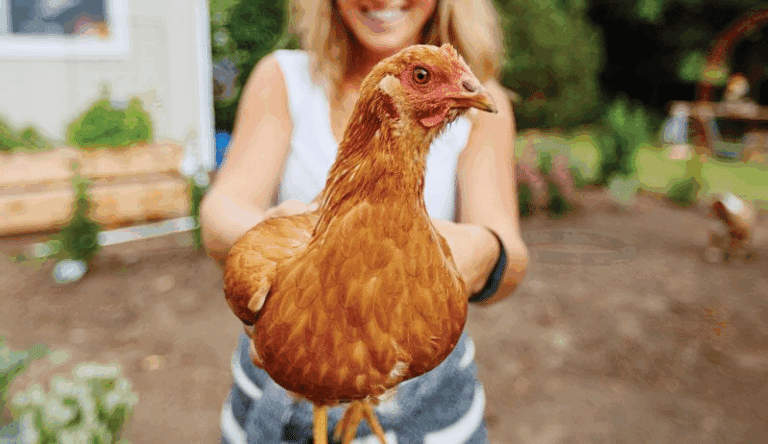Reading becomes much easier when you know how to break words apart.
Many students struggle with long, complex words that seem impossible to read; the secret lies in understanding the rules of syllable division.
These simple patterns of syllable division rules help readers tackle any word with confidence.
When you master syllable division, reading convert from a challenge into an enjoyable experience. This blog will show you the most effective rules and how to apply them in real reading situations.
What is a Syllable Division?
Syllable division is like cutting a word into smaller pieces. Think of it as breaking a big cookie into bite-sized chunks. Each piece of the word is called a syllable.
When someone says a word, they can hear these natural breaks. For example, the word “happy” has two parts: “hap” and “py.” The word “computer” has three parts: “com,” “pu,” and “ter.”
Teachers often tell students to clap their hands when they say words. Each clap matches one syllable. Students can try it with their names!
Breaking words into syllables makes reading much simpler. Instead of looking at one long, scary word, readers see several short, friendly parts. This trick helps people read words they have never seen before.
Basic Syllable Division Rules

Learning syllable division becomes easy when students know the main rules. These patterns work for most English words.
- The VC/CV Rule happens when two consonants sit between two vowels. Students divide between the consonants. For example, “rabbit” becomes “rab-bit” and “carpet” becomes “car-pet.”
- The V/CV Rule applies when one consonant sits between two vowels. The division goes before the consonant. The word “tiger” becomes “ti-ger,” and “music” becomes “mu-sic.”
- The VC/V Rule works when the first vowel makes a short sound. Students divide after the consonant. Words like “robin” become “rob-in” and “lemon” becomes “lem-on.”
- Silent E Rule means the silent e stays with the consonant before it. The word “make” stays together as one syllable, but “table” becomes “ta-ble.”
Advanced Syllable Division Rules
After students master the basic rules, they can learn more complex patterns. These advanced rules help with tricky words.
- The VV Rule happens when two vowels sit together but make different sounds. Students divide between these vowels. Words like “create” become “cre-ate” and “react” becomes “re-act.”
- Consonant Blend Rule means consonant blends stay together. Blends like “bl,” “cr,” and “st” never split apart. The word “children” becomes “chil-dren,” keeping the “dr” blend.
- Suffix Rule shows that suffixes usually form their syllables. Common suffixes include “-ing,” “-ed,” and “-ly.” The word “jumping” becomes “jump-ing,” and “quickly” becomes “quick-ly.”
- Double Consonant Rule works with words that have doubled letters. Students divide between the double consonants. Words like “butter” become “but-ter” and “pizza” becomes “piz-za.”
These advanced patterns help readers handle longer, more complex words with confidence.
How Syllable Division Amplifies Reading Comprehension
Breaking words into syllables helps students understand what they read much better.
When readers can divide long words into smaller parts, they spend less time struggling with pronunciation. This means they can focus more energy on understanding the story or information.
Students who are familiar with syllable rules read more smoothly. They don’t get stuck on difficult words that might confuse them. Their reading flows more smoothly, which helps them remember what they have just read.
Once students can say a word correctly, they often recognize it from their speaking vocabulary.
Syllable division also builds confidence. Students feel proud when they can read challenging books. This confidence encourages them to try harder texts and become better readers overall.
Common Mistakes in Syllable Division
Students often make the same errors when learning syllable division. Knowing these common mistakes helps teachers and parents guide learners more effectively.
| Common Mistake | Wrong Way | Right Way | Why It Happens |
|---|---|---|---|
| Splitting consonant blends | “chil-dren” becomes “chi-ldren” | “chil-dren” | Students forget blends stay together |
| Ignoring the silent e | “ta-ble” becomes “tab-le” | “ta-ble” | They don’t know silent e rules |
| Wrong vowel splits | “cre-ate” becomes “cr-eate” | “cre-ate” | They split vowels that sound different |
| Double consonant errors | “but-ter” becomes “butt-er” | “but-ter” | They put both letters on one side |
| Suffix confusion | “jump-ing” becomes “jumpi-ng” | “jump-ing” | They don’t recognize common endings |
| Single consonant placement | “ti-ger” becomes “tig-er” | “ti-ger” | They forget the V/CV rule |
Tips for Mastering Syllable Division
Here are the seven best tips that make learning syllable division easier for students:
- Practice with familiar words first – Start with words students already know how to say, like their names or favorite foods.
- Use the clapping method – Clap hands while saying words to hear the natural breaks between syllables.
- Look for vowel patterns – Count the vowels in a word to get an idea of how many syllables it might have.
- Practice daily for short periods – Spend 10-15 minutes each day rather than long, tiring sessions.
- Start with two-syllable words – Master simple words like “happy” and “table” before moving to longer ones.
- Read the syllables separately first – Say each part alone, then put them together to form the whole word.
- Make it fun with games – Turn practice into word puzzles or syllable sorting activities.
The Bottom Line
Learning syllable division rules helps students read better. These easy tricks turn hard words into small pieces that anyone can read.
The basic rules and advanced patterns all help build strong reading skills.
Students who practice these rules every day get better at reading fast and understanding stories. Parents and teachers can use fun activities to help kids learn.
Want to help a young reader? Start with easy two-part words today and watch them get better.


















